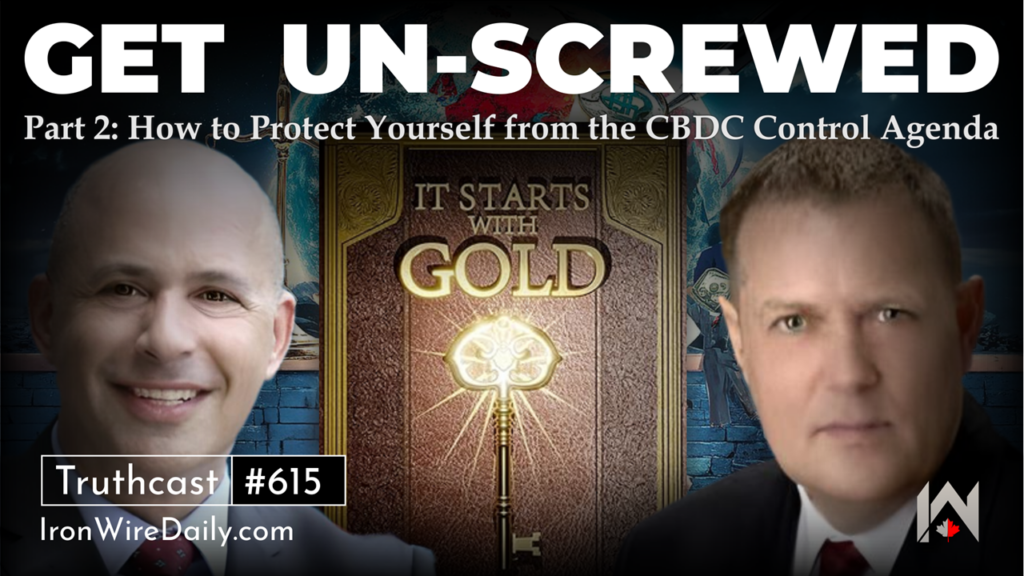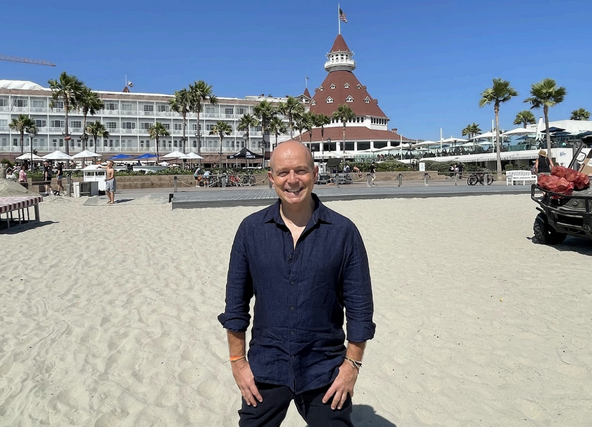Freemasonic lodge hails Pope Francis’ work as ‘deeply resonant’ with their ‘principles’
(LifeSiteNews) –– The Grand Lodge of Italy has hailed Pope Francis’ work as “deeply resonant with the principles of Freemasonry,” in the wake of his death on Monday.
“The Grand Lodge of Italy of the ALAM joins in the universal mourning for the passing of Pope Francis, a pastor who, through his teachings and his life, embodied the values of brotherhood, humility, and the pursuit of a universal humanism,” wrote Luciano Romoli, Grand Master of the Great Lodge of Italy of the A.L.A.M. in a statement published Tuesday.
Addio a Papa Francesco, l’uomo che ha parlato al cuore del mondo.https://t.co/or241sYfmP#massoneria #massoni #granloggiaditalia #PapaFrancesco
— Gran Loggia d’Italia (@Gldialam) April 22, 2025
“Coming from the ‘end of the world,’ Jorge Mario Bergoglio was able to change the Church, bringing the revolutionary teachings of St. Francis of Assisi back to the present day,” wrote Romoli, despite a fundamental difference between St. Francis’ fidelity to Catholic doctrine and Francis’ “revolution” of heterodoxy.
Romoli went on to praise Francis’ “work” as “deeply resonant with the principles of Freemasonry,” a compliment which is especially significant considering that Freemasonry has been repeatedly and infallibly condemned by past popes as antithetical to Catholicism – starting in 1738 with Pope Clement XII’s papal bull In eminenti.
The Grand Master pointed out that “freedom, equality, and fraternity” — elevated as societal ideals in Francis’ encyclical Fratelli tutti — are “the three core values of Freemasonry.”
“Overcoming divisions, ideologies, and groupthink in order to recognize the richness of differences and build a humanity united in diversity: this was Francis’s ardent desire, and the same goal is pursued by the Grand Lodge of Italy,” Romoli continued.
He further claimed that Francis adopted “A faith capable of questioning itself, of accepting doubt and of dialogue, which we also find in the Masonic initiatory method, based on a path free from dogma, substantiated by the unceasing search for truth.”
“In these times of serious crisis, the Grand Lodge of Italy echoes Pope Francis’ call for a ‘planetary conscience’ that recognizes humanity as a community of destiny. We honor his memory by continuing to work for an ethic of limits, for respect for others, and for the construction of a Temple founded on solidarity, freedom of thought, and universal brotherhood,” concluded Romoli.
Italian freemasons welcomed Francis from the very beginning. His election was immediately praised by Grand Master Gustavo Raffi of the Grand Orient Masonic Lodge of Italy, who said at the time, “Fraternity and dialogue are his first concrete words: perhaps nothing in the Church will be as it was before.”
It is noteworthy that, as St. Maximilian Kolbe testified in his Militia of the Immaculata magazine, the Freemasons in 1917 celebrated their bicentennial by marching in front of St. Peter’s Square in the Vatican with banners declaring, “Satan must reign in the Vatican. The Pope will be his slave.”
St. Kolbe elaborated in 1939, “This mortal hatred for the Church of Jesus Christ and for His Vicar was not just a prank on the part of deranged individuals but a systematic action proceeding from the principle of Freemasonry: Destroy all religion, whatever it may be, especially the Catholic religion.”
This aim is testified to in the “Permanent Instruction of the Alta Vendita,” which Dr. Taylor Marshall notes was reproduced in the English translation in a lecture by Right Rev. Msgr. George Dillon D.D., in Edinburgh in October 1884. The Alta Vendita’s author, who writes under the pseudonym Piccolo Tigre or “Little Tiger,” explains the long-term goal of Freemasons:
Our final end is that of Voltaire and the Revolution, the destruction forever of Catholicism and even of the Christian idea which, if left standing on the ruins of Rome, would be the resuscitation of Christianity later.
Pope Leo XIII affirmed in 1884:
But against the apostolic see and the Roman Pontiff the contention of these enemies has been for a long time directed…now the time has come when the partisans of the sects openly declare, what in secret among themselves they have for a long time plotted, that the sacred power of the Pontiffs must be abolished, and that the papacy itself, founded by divine right, must be utterly destroyed. If other proofs were wanting, this fact would be sufficiently disclosed by the testimony of men well informed, of whom some at other times, and others again recently, have declared it to be true of the Freemasons that they especially desire to assail the Church with irreconcilable hostility, and that they will never rest until they have destroyed whatever the supreme Pontiffs have established for the sake of religion.
That Freemasonry is satanic at its highest levels has been testified to by ex-freemasons such as Altiyan Childs. As Kyle Clement, assistant to well-known exorcist Father Chad Ripperger, has noted, “The Grand Architect of the Universe is identified in the higher degrees as Lucifer.” The Catholic Church’s first condemnation of Freemasonry was issued by Pope Clement XII in his 1738 papal bull “In Eminenti“:
“In order to close the widely open road to iniquities which might be committed with impunity and also for other reasons… We have resolved and decreed to condemn and forbid such Societies, assemblies, reunions, conventions, aggregations or meetings called either Freemasonic or known under some other denomination. We condemn and forbid them by this, our present constitution, which is to be considered valid for ever.”
Clement XII judged freemasonry so serious a matter, and membership in it so dangerous, that he imposed an automatic excommunication, latae sententiae (a hidden sentence), on any Catholic who joined the freemasons. The lifting of the excommunication was reserved to the Holy See; later popes required that the Catholic who had joined the Lodge make known to his bishop the names of any other Catholics whom he knew to also be freemasons.
Clement XII’s sentence of excommunication was expressly renewed by successive popes many times over. It was incorporated into the 1917 Code of Canon Law, and although not explicitly mentioned in the 1983 Code, a special intervention and clarification from the Congregation for the Doctrine of the Faith (CDF), titled Declaration on Masonic Associations and Irreconcilability of Christian Faith and Freemasonry, instructed that the Church’s discipline and judgement regarding freemasonry remained unchanged from the 1917 Code.










